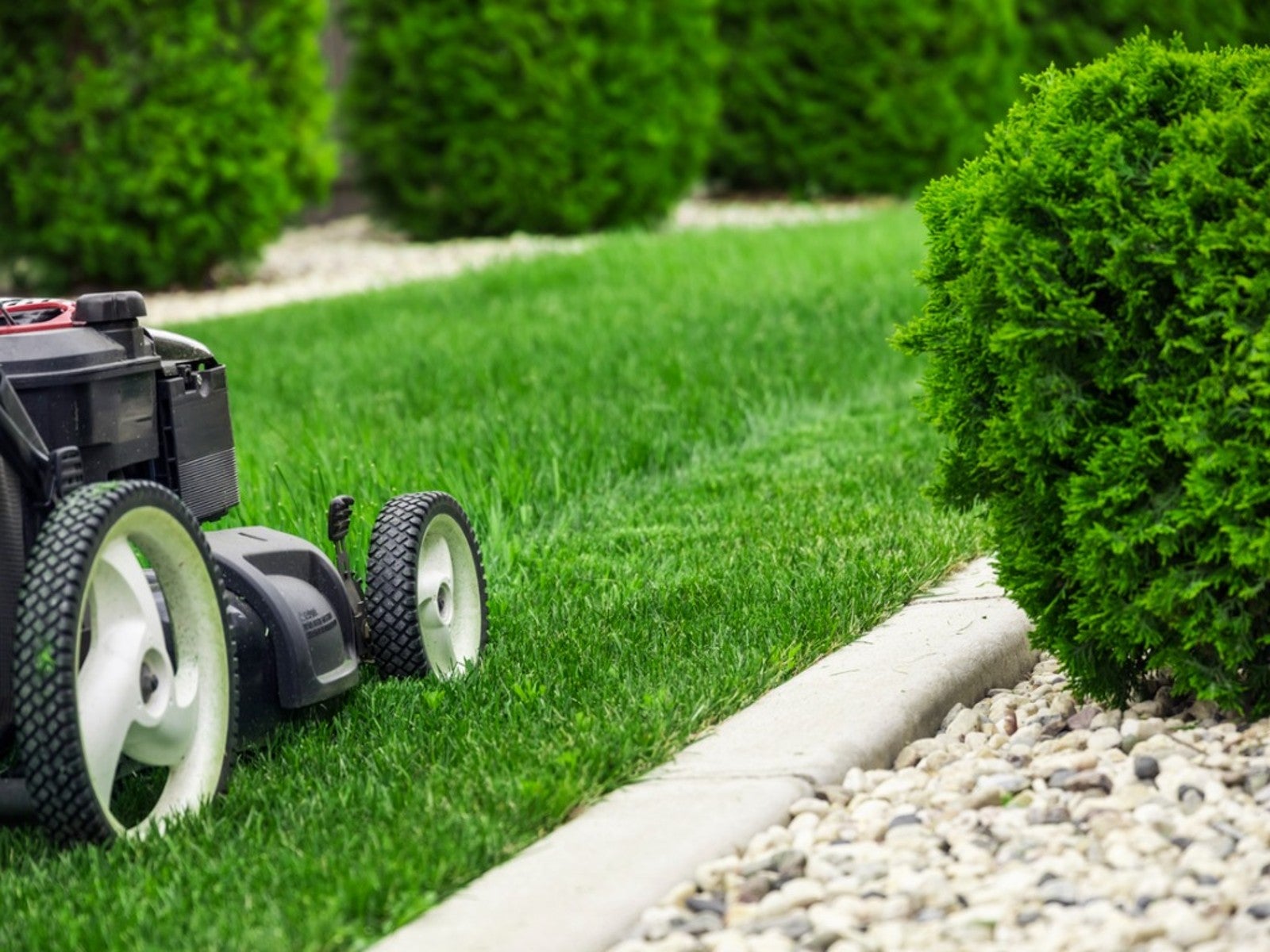North And South Dakota, Nebraska, Montana, Wyoming Lawn Care


North and central U.S. states including North and South Dakota, Nebraska, Montana, and Wyoming have cold winters and a mix of high and low elevations with often dry conditions. Lawn care in North Dakota is a little different from lawn care in Nebraska; further south will be a little different, but there are many commonalities. Contact your county’s extension office for the most relevant lawn care tips for your area.
Grass Types for Northern Plains States
The cold winters in these states eliminate several options for turf type, making the homeowner’s decision a little easier. From among the options that will grow here, choose a variety that matches your lawn’s particular needs, including soil type, sun or shade, and drought frequency. Also consider the amount of maintenance you want to put into your lawn.
Varieties appropriate for most areas of the northern plains include:
- Buffalo grass
- Blue grama
- Wheat grass
- Smooth bromegrass
- Fine fescues (sheep, creeping, chewings, hard)
- Tall fescue
- Kentucky bluegrass
- Perennial rye grass
Native species like buffalo grass and blue grama provide wildlife support and require little maintenance, but don’t expect the classic thick, green turf of a Kentucky bluegrass.
The latter will give you that traditional lawn, but it requires a lot more care. If you have a lot of shade, tall and fine fescues can give you dense turf, while blue grama, buffalo grass, and others need more sun.
Mowing
Lawn care in Montana and the other states requires varying degrees of mowing, but there are some general rules all homeowners should follow:
- Regardless of turf type, mow your lawn to a height of between 2.5 to 3 inches (6.5 to 7.5 cm.). Don’t go lower than 2 inches (5 cm.), as this can make your turf more susceptible to drought, pests, and weeds.
- Frequency of mowing will vary depending on weather conditions and watering. In general, frequency should also be dictated by the fact that you should never remove more than a third of the height of the grass at a time. So, if you keep your turf at 3 inches (7.6 cm.), mow when it reaches 4 inches (10 cm.).
- Keep grass clippings on the lawn after mowing. They break down quickly and add nutrients back to the soil.
Watering
Northern grasses do not tolerate the heat of midsummer, so they will go dormant and turn brown at this time of year. This is perfectly natural, and you can let it happen. The grass will green again later as temperatures cool.
Sign up for the Gardening Know How newsletter today and receive a free copy of our e-book "How to Grow Delicious Tomatoes".
If you want to keep the turf green all summer, measure rainfall and add supplemental water so that it gets 1 to 1.5 inches (2.5 to 4 cm.) of water per week. Always water deeply and less frequently as opposed to lightly and often. The latter promotes weak and shallow root systems.
Fertilizing
The best lawn fertilizer for Wyoming and other northern states is similar to other locations. The timing differs, though. Use a fertilizer higher in nitrogen in spring. Increase potassium for fall fertilization.
The first fertilization should occur in spring, but not until you have mowed a couple of times. Waiting allows your turf to put energy into root growth. Fertilizer applied too early encourages more top growth, but your grass needs healthy roots.
Because northern grasses go dormant in summer, fertilize next in early September after temperatures cool a little. Add another round in early October before the ground is frozen and include a little extra potassium.
Thatch Control
Thatch is a layer of dead grass, living grass, roots, and other plant material that can be beneficial but also damaging when it gets too thick. Avoid letting it get thicker than three quarters of an inch (2 cm.).
Lawn aeration in South Dakota and the other northern states is a useful way to manage thatch. Power raking can also work, but done incorrectly, it will damage turf. Aeration manages turf but also reduces compaction in the soil, which is important for healthy grass.
Managing turf in states with cold winters and hot, often dry summers can be a challenge. It is doable, though. Start with the right grass for your location and needs and follow these maintenance guidelines.

Mary Ellen Ellis has been gardening for over 20 years. With degrees in Chemistry and Biology, Mary Ellen's specialties are flowers, native plants, and herbs.